The burden of non-tuberculosis mycobacterium (NTM) infections on the US healthcare systems is estimated to cost $815 million annually. NTM causes...
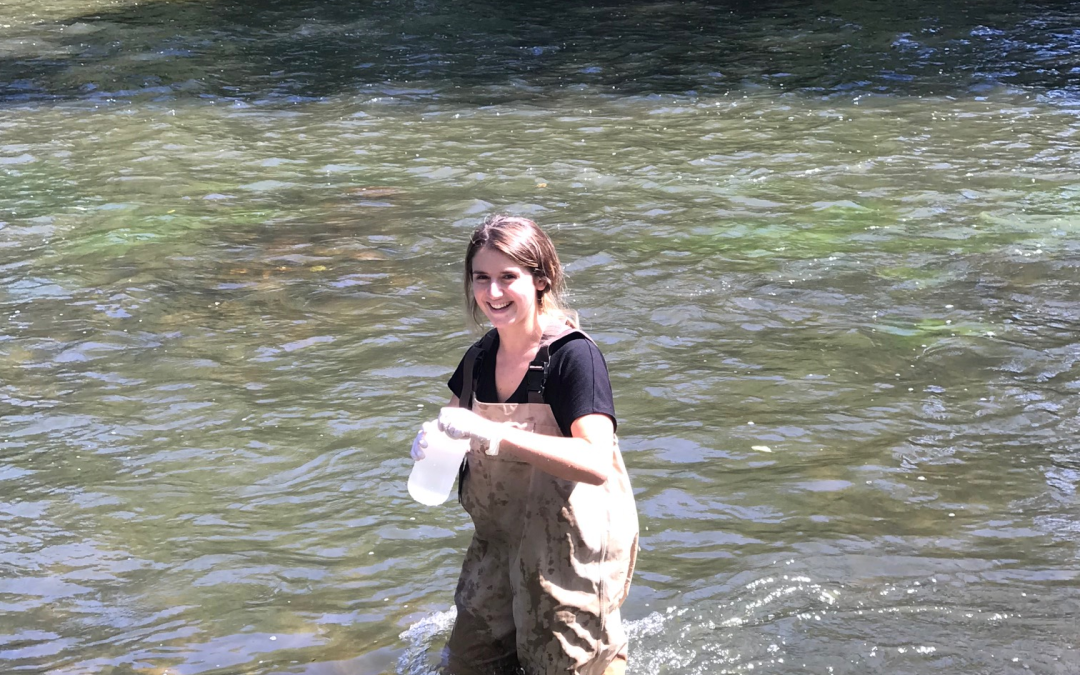

The burden of non-tuberculosis mycobacterium (NTM) infections on the US healthcare systems is estimated to cost $815 million annually. NTM causes...

There is very little information on the density and or the species of bivalve mollusks present in the watershed of the Raritan River basin. The...
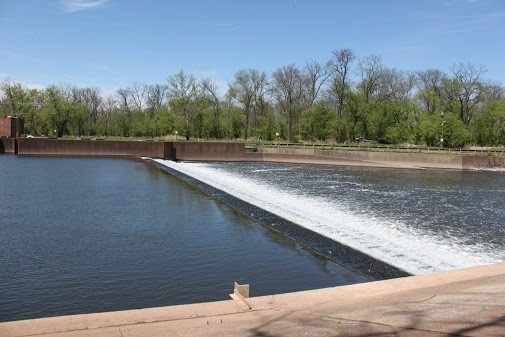
Mid-Atlantic populations of river herring (Alosa pseudoharengus, alewife, and A. aestivalis, blueback herring) have declined precipitously in recent...
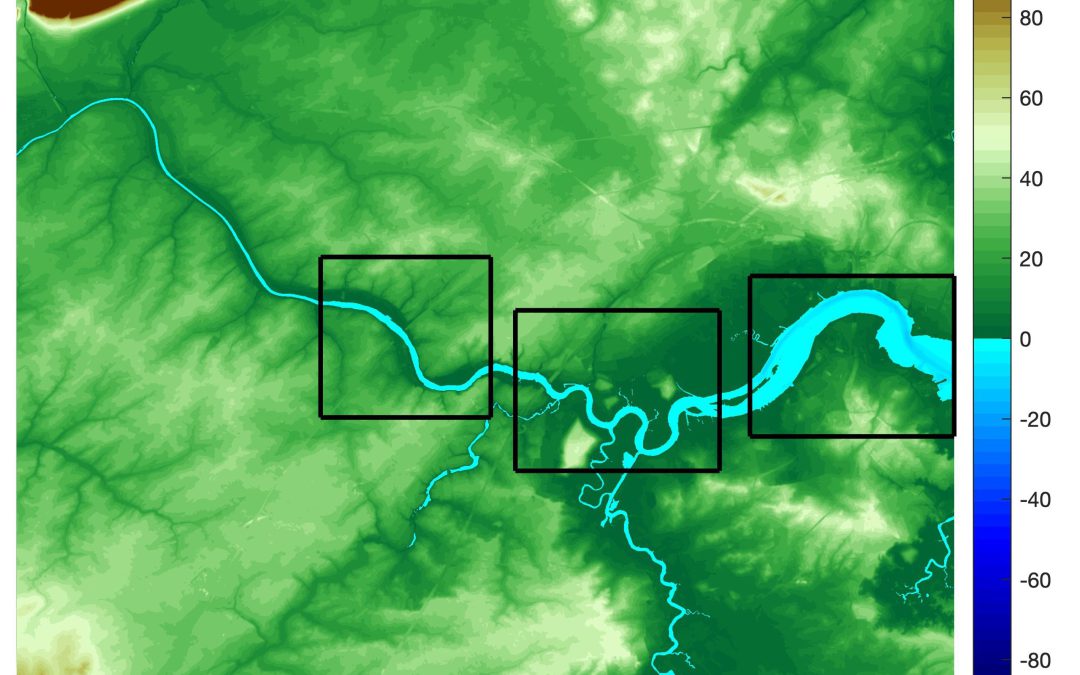
The objective of this project was to develop an elevation/bathymetry grid for the Raritan River Basin as a precursor for a hydrodynamic model. In...
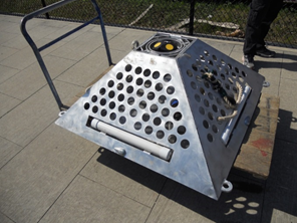
A real-time water quality monitoring station has been deployed on the bottom of the Raritan River in the mid-channel in front of the Rutgers Class...
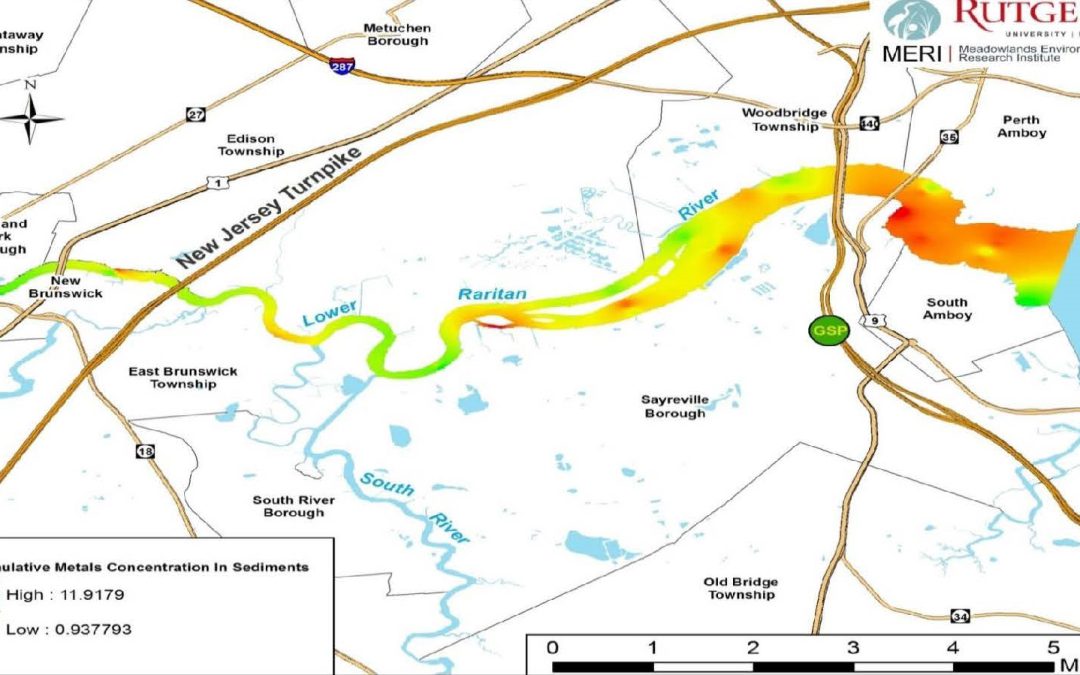
This research study by the Meadowlands Environmental Research Institute (MERI) at Rutgers - Newark, aimed to fill in data gaps in river and marsh...
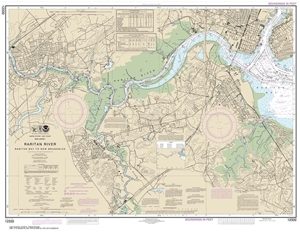
Key Raritan Indicators described through ArcGIS StoryMaps by Advanced Environmental Geomatics Students In the Spring of 2019, undergraduate students...
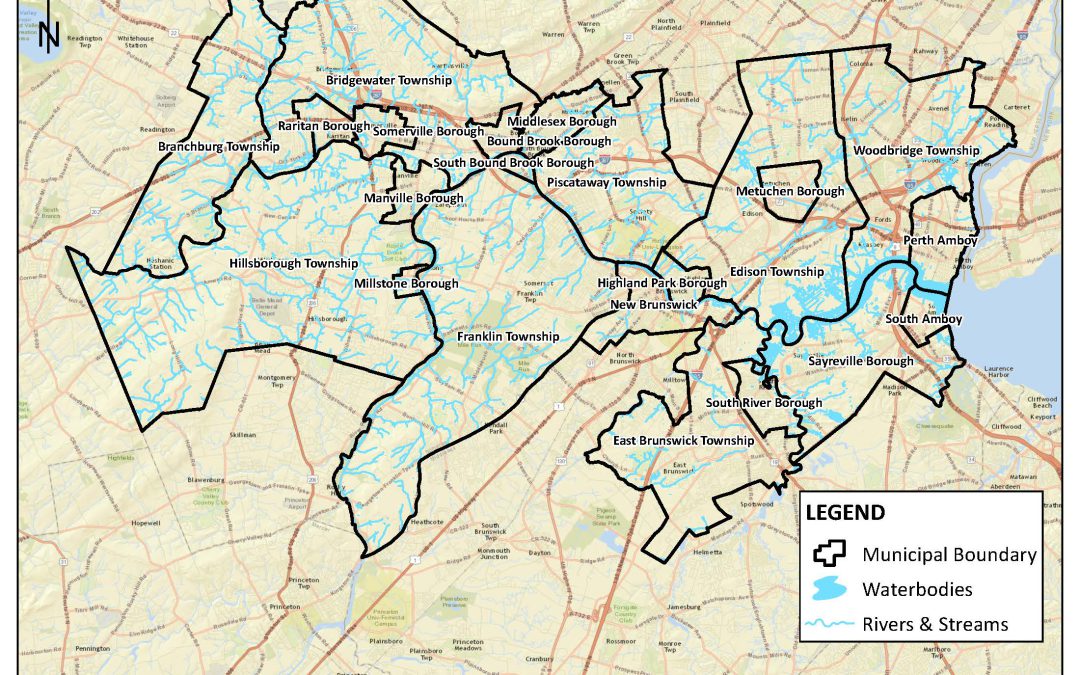
The EPA Rutgers Raritan River Project was conducted to compile data related to point source and non-point source pollution and Superfund, Brownfield...
The Rutgers Raritan River Consortium (R3C) has awarded ten mini-grants to support research by Rutgers faculty, staff and post-doctoral researchers...
Resilience and the Raritan Friday, June 7, 2019 Richard Weeks Hall of Engineering Rutgers, The State University of New Jersey Piscataway, New Jersey...
Local Fiscal Impact Calculator Demographic Multipliers (application) Overview and User Guide Database of 50 States Who Lives in America's Housing? Fifty State Demographic Multipliers Elizabeth Air Quality Dashboard Dashboard Community Bulletin Board Green Building...
This two-part study examines the evolving landscape of state and local journalism in New Jersey during a critical transition from print to digital news delivery and challenges those changes mean for the publication of "official notices." The analysis, drawing on five...
This second part of The Future of New Jersey Journalism: Evolution, Not Extinction examines the evolving landscape of legal advertising requirements in New Jersey amid significant changes in media publishing models. The impending cessation of print operations by New...
The prevalence of low-density residential development to host solar PV, the ubiquity of solar irradiation, and incentivizing policies have created substantial opportunities for homeowners in the United States. Federal, state, and municipal governments implement...